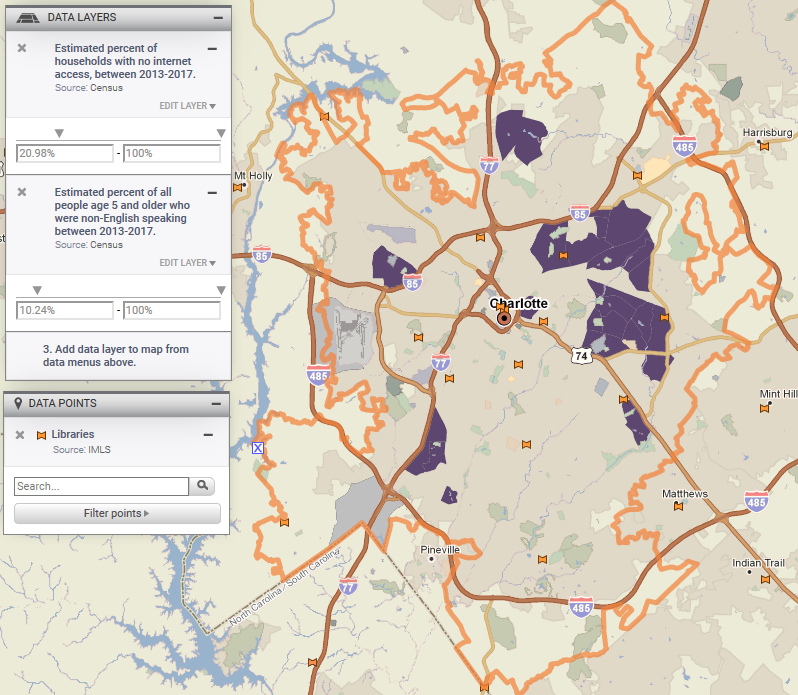How Can Libraries Help the Census?

We’re less than a year away from the 2020 Census. While most of the news has been dominated by whether the census will include a controversial question about citizenship (it won’t), this census is certain to be different than all previous American censuses in one crucial way: It will be the first census conducted primarily online.
Of course, not everyone has access to the internet, and paper forms will be available to respondents as an alternative. But for people without internet at home who still want to respond electronically (as will be encouraged), access to local public libraries will be critical. Libraries are often a resource for people without internet at home to accomplish tasks that can only be completed online, like finding and applying for jobs. Knowing this, we can already predict that public libraries will be an important resource in the 2020 Census.
The American Library Association has already written about the vital role that libraries will play. Not only will libraries be able to provide technical resources, but they can help people with questions they may have regarding the census and provide outreach to encourage people to respond. Libraries can also provide spaces for Census employees to hire staff and conduct training.
How can libraries take steps now to prepare? By figuring out what hard-to-reach populations live in their communities, libraries can publicize resources like internet-connected computers and language and translation services. Librarians know their communities well, but by quantifying these hard-to-reach populations, they can be better equipped to make the case for program-specific funding. Additionally, by pinpointing where these populations live, they can target their outreach to specific neighborhoods, making their efforts more effective.
Let’s look at Charlotte, North Carolina. The first thing we’ll look at is the self-response rate for the American Community Survey (ACS) over the five-year period from 2013 to 2017. The lower response rates (in lighter purple) are areas where the Census had to conduct follow-up to get responses to the survey.
Let’s look at some of the reasons response rates might be low. Since the ACS, like the upcoming census, is primarily conducted online, we can predict that these areas of low response may be areas where Charlotte residents lack internet access. Immediately, we can see a number of neighborhoods around the city where more than a quarter of residents do not have internet access.
Clicking on these areas, we can see that in some census tracts, almost half the population doesn’t have internet access.
The map also shows locations of libraries. Many of these neighborhoods do have local libraries which, through neighborhood outreach, can ensure that residents know they can be used as a community resource for filling out census forms electronically. By conducting outreach, libraries may even gain new patrons as people who don’t normally visit go in order to participate in the census.
Here’s another map, this time of non-English speakers:
Again, we see that there are areas of Charlotte with significant non-English speaking populations. We can look at a different map to find the most common spoken languages besides English:
In most neighborhoods, like in much of the country, Spanish is the most commonly spoken language after English. But the map also shows us areas where Hindi, Chinese, Korean, Hungarian, Russian, and various African languages are spoken.
The paper census forms are being provided in two languages, English and Spanish. But the Census Bureau is providing guides to support the questionnaire in 59 languages, making internet access particularly important for non-English and non-Spanish speakers. Using a 3-Layer Map, we can see specific neighborhoods that have both low rates of internet access and high rates of non-English speakers:

By knowing the language makeup of their communities, libraries can be ready with Census-provided resources that fit their needs.
In addition to performing a public service, a complete and accurate census is important to libraries, because the count determines how federal funding (such as grants under the Library Services and Technology Act) is distributed. Accurate census data also helps libraries with projects just like this, to understand, locate, and quantify specific populations in their community to provide relevant resources and programming.
Photo credit: Kallie Hagel